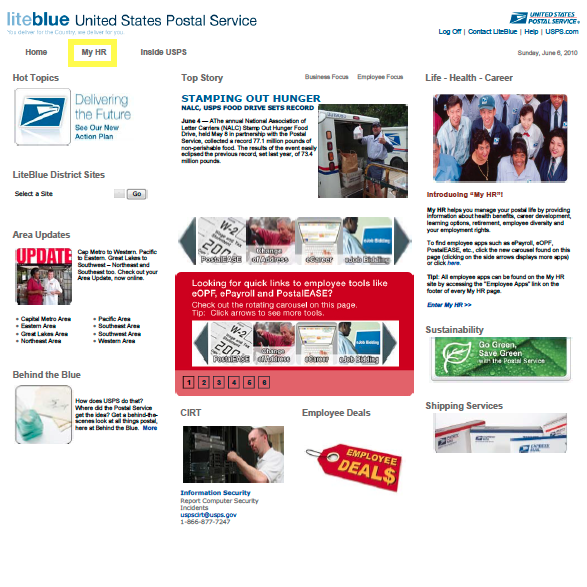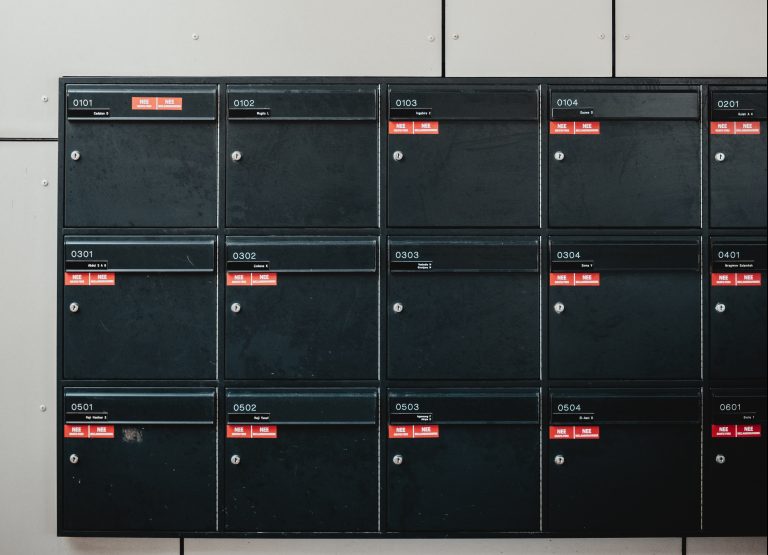Federal Flexible Spending Account Program (FSAFEDS)
 The Federal Flexible Spending Account (FSAFEDS) Program provides tax-advantaged health care benefits for federal employees and their dependents.
The Federal Flexible Spending Account (FSAFEDS) Program provides tax-advantaged health care benefits for federal employees and their dependents.
A Flexible Spending Account (FSA) is a tax-favored program offered by employers that allows employees to pay for eligible out-of-pocket health care and dependent care expenses with pre-tax dollars. By using pre-tax dollars for these expenses, an FSA gives you an immediate discount equal to the taxes you would otherwise pay on that money.
In other words, with an FSA, you can both reduce your taxes and get more for your money by saving from 20% to more than 40% of what you would normally pay for out-of-pocket health care and dependent care expenses with pre-tax (as opposed to after-tax) dollars.
FSAFEDS is administered by the U.S. Office of Personnel Management (OPM).
Three Types of FSA Programs
FSAFEDS offers three types of FSAs:
- The Health Care Flexible Spending Account (HCFSA), which can be used to pay for qualified medical costs and health care expenses that are not paid by your Federal Employees Health Benefits (FEHB) plan or any other insurance.
- The Limited Expense Health Care Flexible Spending Account (LEX HCFSA), which is only available to employees who enroll in an FEHB program or under a High Deductible Health Plan (HDHP) with a Health Savings Account (HSA). Here, eligible expenses are limited to dental and vision care services/products that meet the IRS definition of medical care. By using a LEX HCFSA, you can preserve the funds in your Health Savings Account to use/save for other purposes.
- The Dependent Care Flexible Spending Account (DCFSA), which is used to pay for eligible dependent care expenses such as child care for children under age 13 or children who are physically or mentally incapable of self-care and, in some cases, elder care, so that you (and your spouse, if you are married) can work, look for work, or attend school full-time.
Example of Savings through FSAFEDS
Here’s an example of how you can save money through FSAFEDS. Assume you make $1,000 per pay period, and therefore you pay taxes on $1,000. If you put $20 per pay period in FSAFEDS – then you only pay taxes on $980. You save money by paying less taxes. You get the money in your account(s) back when you submit timely claims for eligible expenses. This is an easy way to save money on the services and products that you are already spending purchasing.
General Program Requirements
To qualify for participation in FSAFEDS, you must be an active employee of the Executive Branch of the federal government, or of another agency that participates in FSAFEDS. You must also be eligible to participate in a health care FSA with FSAFEDS.
You need only be eligible to participate in FEHB; you do not need to be currently enrolled. The FSAFEDS HCFSA and LEX HCFSA limit per Federal employee is $2,500 ($5,000 for a “Federal couple”).
In addition, if you are an active employee of the Executive Branch or of another agency that participates in FSAFEDS, you are eligible to participate in a DCFSA with FSAFEDS.
However, under the IRS Code, annuitants (other than re-employed annuitants whose employment status is full-time) cannot participate in an FSA because an annuity is not considered a salary.








